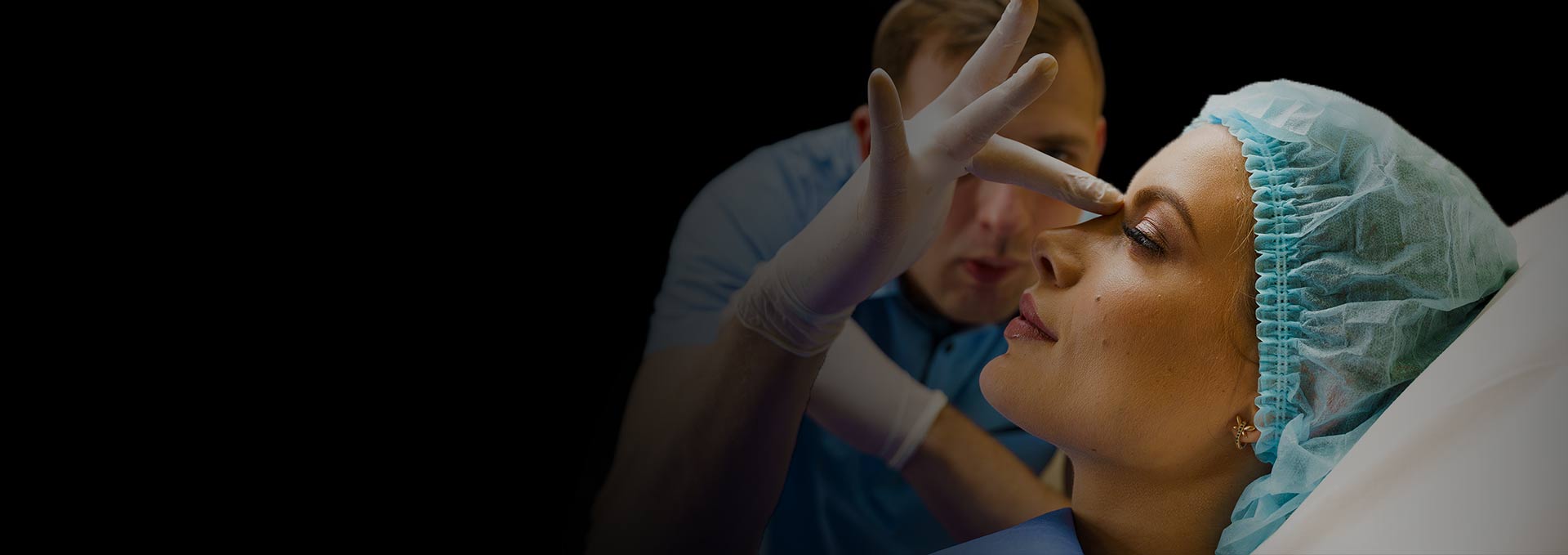Sometimes, the turbinate can become enlarged, a condition known as turbinate hypertrophy. This can obstruct the nasal passages and lead to a variety of bothersome symptoms.

Your nasal cavity contains three pairs of small, bony structures lined with soft tissue called turbinate. These turbinate play a vital role in:
Enlarged Turbinate (Turbinate Hypertrophy)
Sometimes, the turbinate can become enlarged, a condition known as turbinate hypertrophy. This can obstruct the nasal passages and lead to a variety of bothersome symptoms.
If you experience any of the following symptoms, you may have enlarged turbinate:
If medication is not effective in alleviating your symptoms, the ENT specialists at Damas Medical Center in Sharjah may recommend surgery to reduce the size of your turbinate. Two main surgical procedures are used:
Determining the Right Procedure
The type of surgery recommended for you will depend on the severity of your turbinate hypertrophy and your overall health. Our ENT specialist will discuss your individual case and recommend the most suitable approach.
Benefits of Turbinate Reduction Surgery
Turbinate reduction surgery can significantly improve your quality of life by:
Outpatient Procedure with Minimal Downtime
Both cauterization and partial turbinate resection are typically performed under local anesthesia in an outpatient setting, meaning you won't require an overnight hospital stay. The procedure itself takes about 15 minutes.
Recovery After Turbinate Reduction Surgery
After surgery, you may experience some temporary discomfort, such as nasal congestion, crusting, and minor bleeding. Our ENT specialist will provide detailed instructions on post-operative care to promote healing and minimize discomfort.
Considering Turbinate Reduction Surgery?
If you are experiencing chronic nasal congestion, difficulty breathing, or other symptoms suggestive of enlarged turbinate, and medication hasn't provided relief, contact the Damas ENT department in Sharjah to schedule a consultation with our board-certified otolaryngologist. We can help you determine if turbinate reduction surgery is the right option for you and guide you through the entire process.
